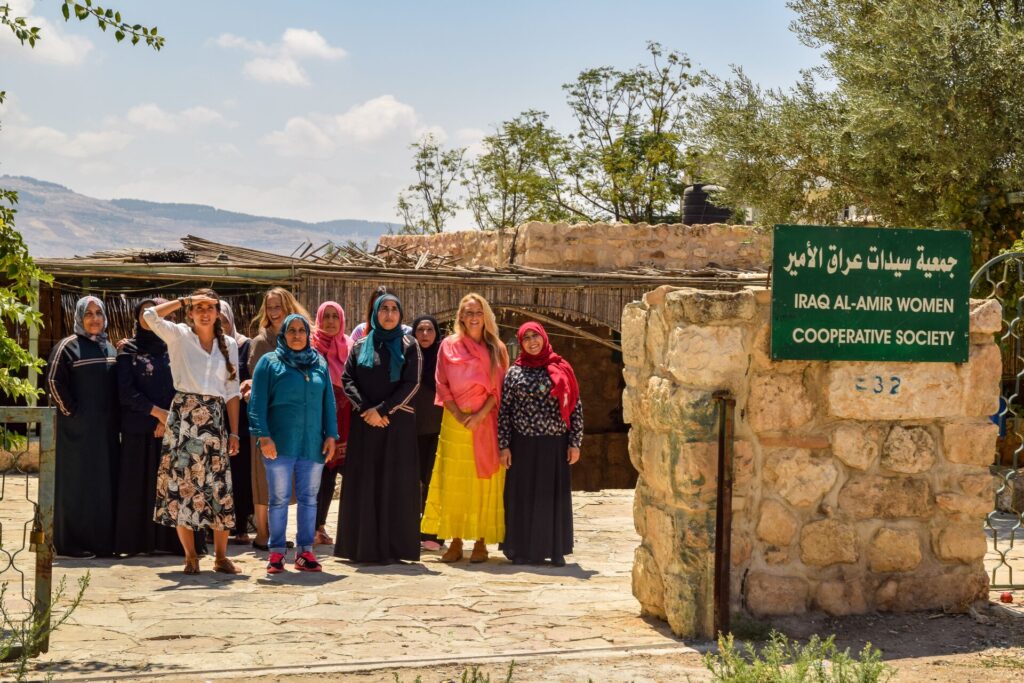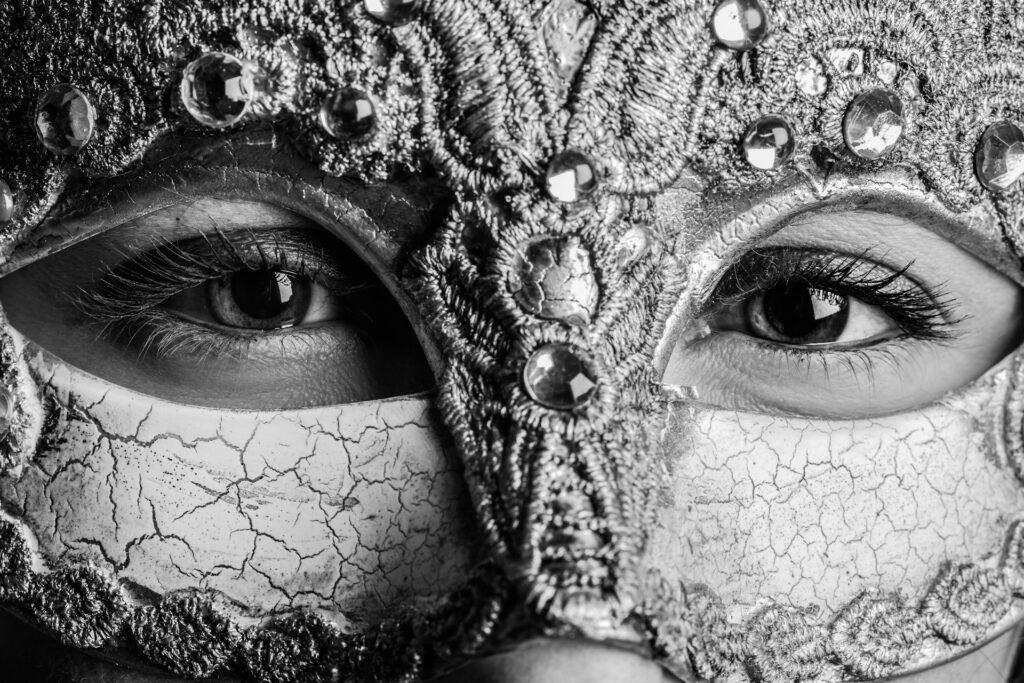Every New Year, thousands of people around the world celebrate by making a resolution or a wish. From eating grapes to jumping waves and burning wish papers, there are lots of different ways to do it. So how did it all begin? We look at the history of New Year’s resolutions and how different countries make their resolutions today.
BABYLONIA
The very first New Year’s resolutions dates happened over 4,000 years ago. The first recorded people to celebrate a new year were the ancient Babylonians. Their new year celebration was a 12-day festival called Akitu, which began at the start of the spring planting season in March.
During the celebrations, Babylonians would make resolutions to their gods. But they probably didn’t make any promises to exercise more, save more money, or start a new hobby. The Babylonians usually pledge their loyalty to the king and made promises to pay their debts and returned borrowed items to their rightful owners. They believed that if they kept their resolutions, the gods would treat them favourably that year. But, if they broke their promises, they would get on the bad side of the gods.
ANCIENT ROME
The modern day Gregorian New Year began in ancient Rome in 46 B.C., when Emperor Julius Caesar introduced a new calendar and declared January 1 as the start of the new year. The Romans originally began the new year starting in March (like the Babylonians), but moved it to January to honour the Roman god Janus. He was a two-faced god who could look back to the past year and forward to the new year. At the new year, the Romans would offer sacrifices to Janus and make resolutions for good behaviour.
Read more: 11 of the most unique and beautiful cultures around the world, in pictures

MEDIEVAL RESOLUTIONS
New Year’s resolutions continued into the Middle Ages. Knights would make an annual “Peacock Vow” at the end of the year. They would renew their resolution to maintain the values of knighthood by putting their hands on a live or roasted peacock.
By the 17th century, New Year’s resolutions were becoming more common. In 1671, Scottish writer Anne Halkett wrote several resolutions in her diary on January 2, such as “I will not offend anymore”.
FIRST RECORDED USE OF ‘NEW YEAR’S RESOLUTION’
In the 18th century, Christians would hold mass on New Year’s Eve or New Year’s Day. Worshippers could reflect on the past year and make resolutions to do better in the year ahead. In 1802, people were satirising the practice of New Year’s resolutions. Walker’s Hibernian Magazine published joke resolutions such as: “Statesmen have resolved to have no other object in view than the good of their country…” In 1813, a Boston newspaper published the first recorded use of the phrase ‘New Year resolution’:
“And yet, I believe there are multitudes of people, accustomed to receive injunctions of new year resolutions, who will sin all the month of December, with a serious determination of beginning the new year with new resolutions and new behaviour, and with the full belief that they shall thus expiate and wipe away all their former faults.”
Over two centuries later, New Year’s resolutions are a common practice around the world from North America to Asia. Whether they’re rooted in religion, culture, or an entirely individual practice, these resolutions take different shapes in many different countries. We look at how different countries make New Year’s resolutions each year.
Read more: Exploring the history and traditions of Mexico’s Day of the Dead

HOW PEOPLE AROUND THE WORLD MAKE NEW YEAR’S RESOLUTIONS
UNITED STATES
Resolutions are a big part of new year celebrations in the US. At the start of 2022, 23% of people resolved to live healthier, while 21% were focused on personal improvement and happiness and 20% resolved to lose weight. However, of the 41% of Americans who make New Year’s resolutions, only 9% followed through on them.
BRAZIL
On New Year’s Eve in Brazil, it’s tradition to go to the beach to make your resolutions. After midnight, you should go in the ocean and jump seven waves while making seven wishes. You should wear all white clothing in the water, as it represents purity. The tradition pays tribute to Yemanja, the goddess of water.
ITALY
In Italy, New Year’s resolutions are called buoni propositi, or “good intentions.” These resolutions are often similar to those made in the US, such as exercising more or quitting smoking. Some Italians also have luck-bringing traditions. You can eat fatty pork to fatten wallets, or eat black-eyed peas for good fortune. It’s said that some Italians also wear red underwear at New Year to bring good luck in the year ahead.

CHINA
The Chinese New Year is a massive two-week festival starting on the first full moon of the Lunar calendar. It usually kicks off between January 21 and February 20. The celebrations lead to the spectacular Lantern Festival, with millions of people travelling to their families during this time. Chinese people make resolutions by practicing rituals and traditions to ensure good luck in the New Year. They can give red envelopes with money and hold reunion dinners with family. They also offer sacrifices to ancestors and do a thorough house cleaning, to usher in a prosperous New Year.
Read more: It all comes back to the plate: Food’s role in understanding culture
COLOMBIA
In Colombia, people don’t make resolutions (resoluciones) but wishes (deseos). As the clock strikes midnight on January 1, it’s tradition to eat one grape for each chime of the bell starting at 12am. For each grape, you make a wish – so 12 grapes and 12 wishes in total. These wishes aren’t like resolutions in the US. Instead of resolving to eat healthier, you would wish for good health. Some people write down their wishes on a piece of paper at New Year’s and carry it with them throughout the year. On December 31 they burn their wish paper and make a new one.
If you have a specific resolution or wish in Colombia, there are other traditions you can follow too. Those who wish for a bountiful year, can fill their pockets with lentils. If you wish to travel, you carry your suitcase around the block at midnight.
SPAIN
The Spanish also kickstart their new year by eating 12 grapes exactly at the stroke of midnight. If you can eat all 12 grapes before the bell finishes chiming 12 times (so one grape every two seconds), you’ll have a very luck and prosperous new year. The catch? You have to finish all the grapes by the time the clock finishes striking midnight, or you’ll have bad luck!



